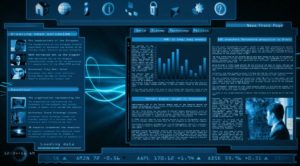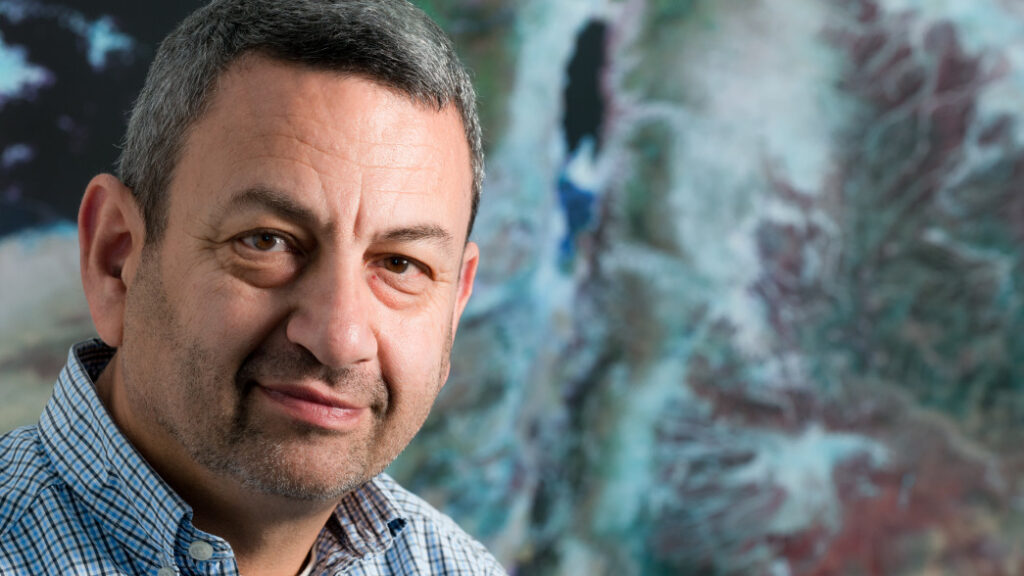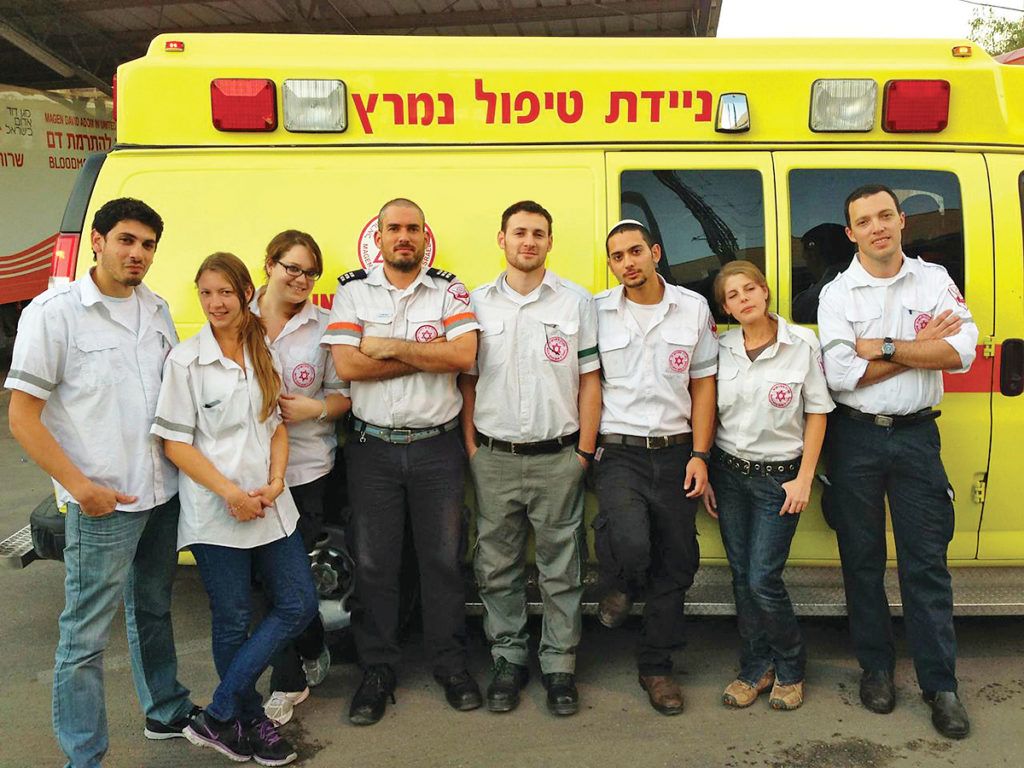
Mapping the Dark Web of Terrorist Sites
Mapping the Dark Web of Terrorist Sites
March 22, 2013
 The Internet’s dark side is often hiding in plain sight, especially when it comes to the Web sites of terrorist organizations.
The Internet’s dark side is often hiding in plain sight, especially when it comes to the Web sites of terrorist organizations.
Like so many other organizations, terrorists use the Internet for online forums, file sharing, fundraising and recruitment. But they also exploit the Web as a means of exchanging information on forgery, preparing explosives and other unsavory activities.
“For most of these sites, there is no official ‘Welcome to the Hezbollah’s Web site’ message,” said BGU Prof. Mark Last. “Instead, they usually try to pretend to be another information outlet.”
That’s why Prof. Last of BGU’s Department of Information Systems Engineering set out to develop a series of algorithms to identify terrorist writings on the Web.
The new method he and his colleagues created, called the Advanced Terrorist Detection System, allows researchers to sort through massive amounts of multilingual content.
The system categorizes documents into pre-set genres. Such algorithms—called characterization models—have been widely used to sort sites into groups, such as sports or science.
But Prof. Last began tailoring them to sniff out terrorist activities. He and his colleagues first started with English documents attained from terrorist sites on the Web, and then moved on to Arabic.
One of the key clues to identifying a terrorist site is the language used. For example, most Arabic-writing terrorists never use any version of the word “Israel,” opting instead for the word “Zion.”



